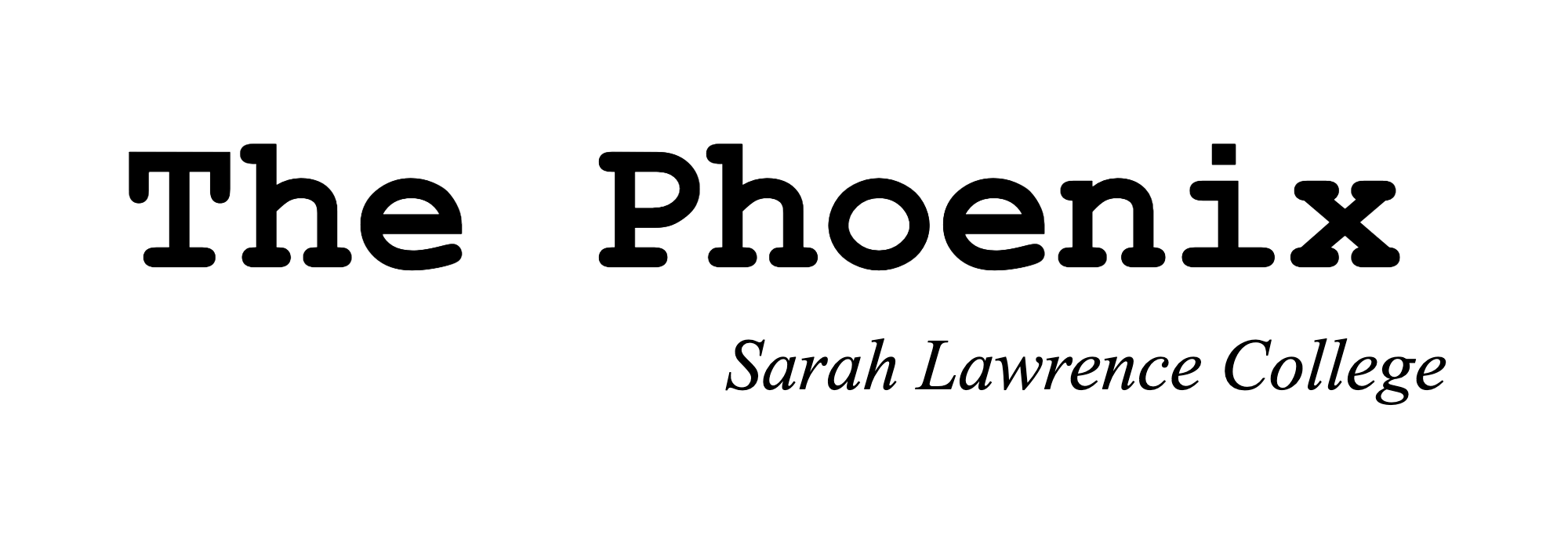New form of assessment developed to complement narrative evaluations
Sofia Seidel '17 looks at her assessments on MySLC. Photo by Janaki Chadha '17
Sarah Lawrence has recently implemented a new form of assessment to complement the narrative evaluations that students receive at the end of every semester. According to an email that Associate Dean of the College Kanwal Singh sent to the student body earlier this year, "the new addition is intended to give you and your don a comprehensive view of your progress towards institutionally defined goals over time."
At the end of every semester, faculty in each course will examine a student's progress towards "six critical abilities" that are outlined in the college’s mission statement. These include the ability, "to think analytically about the material, to express ideas effectively through written communication, to exchange ideas effectively through oral communication, to bring innovation to the work, to envisage and carry through a project independently, with appropriate guidance, and to accept and act on critique to improve work."
According to Associate Dean Singh, the reason behind this change came about during the '12-'13 academic year. "We were charged," she explained, "like many other institutions, by our accrediting agency to develop an assessment tool that was not grades, that would complement and supplement our narrative evaluations and let students and faculty see how students progressed over time to some institutionally defined goals." Unlike course evaluations or any other form of assessment, these goals are meant to go beyond any specific concentration or discipline and look at a student's progress on a larger scale.
Though the process towards this new system began early in the '12-'13 school year, it was first used by faculty in May 2013. These assessments were not made available to students until later because the system was still being tested out. Singh explained that, "we needed faculty to use it several times, to see if the questions we were asking them to answer made sense to them, to see if we were asking faculty to assess qualities that they thought they could do across all the disciplines."
Other institutions who were in the same situation as SLC had different methods of developing this assessment tool. According to Singh, "there are a fair number of schools who have just bought off-the-shelf products to do this." One of these products is called the Collegiate Learning Assessment 2 (CLA2), which is simply an exam that a sample of students need to take to fulfill this requirement. Singh continued, "We always said that if we're going to do something like this, it has to be something that is authentic to our mission, it has to be something that we think is valuable for our students, for faculty, and for ourselves as an institution, and it has to be something that can really complement what we already do."
While, according to Singh, the response to this form of assessment from faculty has been largely positive, she did admit that it requires more work on the faculty member's part. She added, however, that this system came out of what was, "very much a faculty-driven project." A core committee of faculty members met every week or every other week for a year, drawing members from across all disciplines, from Dance to Psychology to Computer Science. Singh continued that, "it's a different mindset for the faculty member, and that was something that faculty had to get used to, and we had a lot of conversations about that."
What Associate Dean Singh hopes that this new system will allow student to do is help them, "extrapolate skills that are applicable to just about everything." While course-specific narrative evaluations are still the foundation of the system of assessment at the college, she continued, "the liberal arts is an education that is about providing you with analytic and communication tools that you can take anywhere. Everybody that's here is a big believer in that. What I hope this tool does is to help the student make the bridge."
by Janaki Chadha '17
News Editor
jchadha@gm.slc.edu

